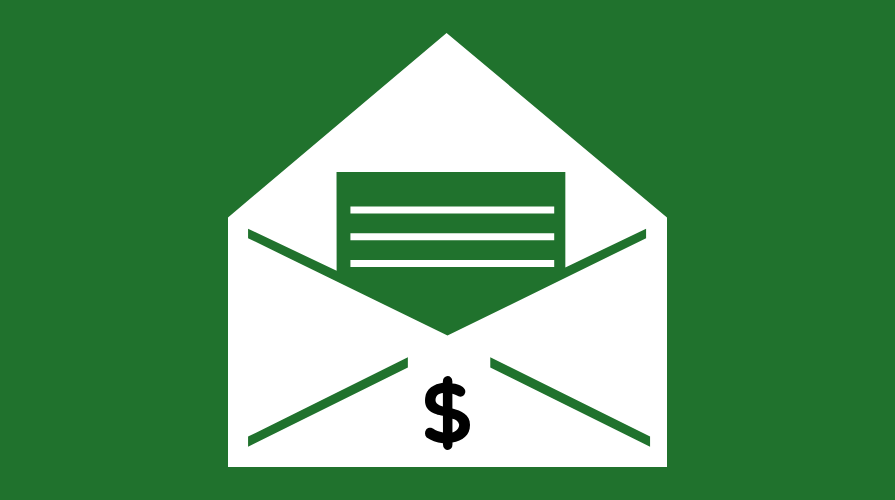How Unconscious Bias Hurts the Workplace
Unconscious biases affect us all, but in the workplace they can influence salaries, promotions, and even retention.
The University of California, San Francisco describes unconscious bias as “social stereotypes about certain groups of people that individuals form outside their own conscious awareness.” These stereotypes can impact many demographics such as race, gender, sexuality, age, and more. Even institutions with well-meaning practices such as meritocracy (rewards based on ability alone) have been found to benefit employees more often based on hidden biases despite equal performance levels, titles, and experience.
How Is the Workplace Impacted?
Although unconscious bias is often hidden from one's own perception, it is still perceivable by others. Collectively these views can impact an organization’s growth and productivity. To test the effects of bias in the workplace a study by Coqual, a global think tank and advisory group, found that in employees who perceived negative bias at work:
- 34 percent said they withheld new ideas and solutions from their organization within the past six months
- 80 percent said they do not refer others to work at their organization
- 48 percent reported searching for another job within the last six months
- 31 percent said they plan to leave their organization within a year
These factors create retention issues for employers, considering it is expensive and time-consuming to hire new staff. Additionally, it becomes more difficult to foster teamwork among constantly changing employees. It can even impact organization knowledge as senior employees do not stay to train others. Entities may lose that knowledge altogether if employees leave to work for competitors.
What Now?
There are steps that can be taken to reduce unconscious bias in the workplace. For example, HireVue recommends:
- Gathering anonymous feedback from staff through surveys as a starting point for what could be done better
- Providing diversity events and encouraging (not requiring) participation to promote awareness and education
- Using diversity events to create awareness through activities such as the Implicit Association Test or The Father Son Activity
- Restructuring workplace processes such as implementing wider recruiting nets and encouraging interaction outside typical workgroups
Change Is Possible
Biases are pervasive and present in everyone, whether we know it or not. Despite this, we do not have to accept them as an unchanging norm. Biases can and do change for the better with appropriate intervention. Through awareness tools such as surveys and diversity-based education you can lessen the harm bias does in the workplace and foster a healthy work culture.
HR Services

Subscribe to HRX
Stay up to date with all the latest HR news and trends by joining the HRX mailing list!





